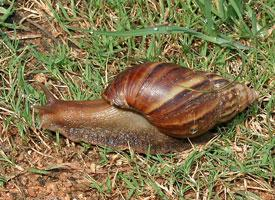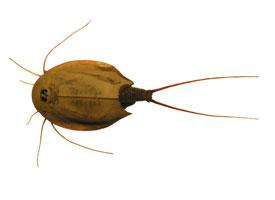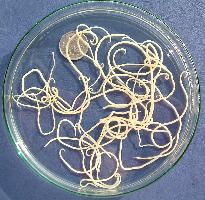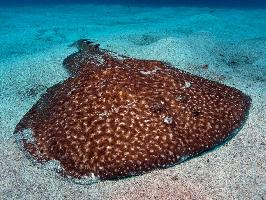
Váhy a míry
| Délka | 20 cm |
|---|---|
| Hmotnost | od 150 do 300 g |
Biologická data
| Délka života | od 5 do 7 let |
|---|
Popis zvířete
The Giant African Land Snail, scientifically known as Lissachatina fulica, is a remarkable species of mollusk that has garnered attention due to its impressive size, distinctive appearance, and ecological impact. Native to East Africa, this species has spread to various parts of the world, often regarded as an invasive species due to its adaptability and voracious appetite.Physical Characteristics:
The most striking feature of the Giant African Land Snail is its size. It is one of the largest terrestrial gastropods, with adult shells reaching up to 20 cm (about 7.9 inches) in length and a diameter of 7 cm (about 2.8 inches), though sizes can vary significantly. The shell is conical in shape, featuring a spiral design that culminates in a pointed apex. The coloration of the shell is equally impressive, exhibiting a range of patterns that include various shades of brown, cream, and sometimes white, often marked with stripes or splotches that enhance its camouflage in natural surroundings.
The body of the snail, which emerges from the shell when active, is soft and moist, exhibiting a greyish to brownish hue, sometimes with a slight yellowish tint. The head bears two pairs of tentacles; the longer pair houses the eyes at the tips, while the shorter pair functions as olfactory organs. The mouth, located beneath the tentacles, contains a specialized feeding apparatus called a radula, which the snail uses to scrape food material from surfaces.
Habitat and Distribution:
Originally from the coastal regions of East Africa, the Giant African Land Snail has been introduced to many tropical and subtropical regions around the world, including parts of Asia, the Pacific Islands, the Caribbean, and Florida in the United States. These snails thrive in warm, humid environments and are often found in agricultural areas, gardens, and forests, where they can find ample food and shelter.
Diet and Behavior:
Giant African Land Snails are known for their voracious appetites and generalist feeding habits. They are herbivorous, consuming a wide variety of plant material, including leaves, flowers, fruits, and even the bark of trees. In areas where they are invasive, they can cause significant damage to agricultural crops and ornamental plants. These snails are nocturnal, preferring to forage for food under the cover of night to avoid the drying effects of the sun.
Reproduction and Lifecycle:
One of the reasons for the Giant African Land Snail's success as an invasive species is its prolific reproductive capacity. These snails are hermaphrodites, meaning each individual possesses both male and female reproductive organs. They can lay up to 1,200 eggs per year in batches buried in the soil. The eggs hatch into tiny snails, which can reach sexual maturity in as little as six months under optimal conditions.
Ecological Impact and Management:
Due to their feeding habits and rapid reproduction, Giant African Land Snails can have a profound impact on local ecosystems, agricultural practices, and economies. They are considered pests in many parts of the world, leading to significant efforts to control their populations, including the use of pesticides, trapping, and public awareness campaigns to prevent their spread.
In conclusion, the Giant African Land Snail is a fascinating creature, notable for its size, adaptability, and ecological significance. While admired by some for its unique characteristics, it is also a reminder of the complex challenges that invasive species pose to biodiversity, agriculture, and human health.
Podobná zvířata
Nové fotografie zvířat
Top 10 zvířat
- Chinese water dragon (Physignathus cocincinus)
- Galápagos tortoise (Geochelone nigra complex)
- Dolphin gull (Leucophaeus scoresbii)
- Japanese macaque (Macaca fuscata)
- Colombian red howler (Alouatta seniculus)
- Sea urchins (Echinoidea)
- Moustached guenon (Cercopithecus cephus)
- Diana monkey (Cercopithecus diana)
- Common reed warbler (Acrocephalus scirpaceus)
- Common house mosquito (Culex pipiens)


